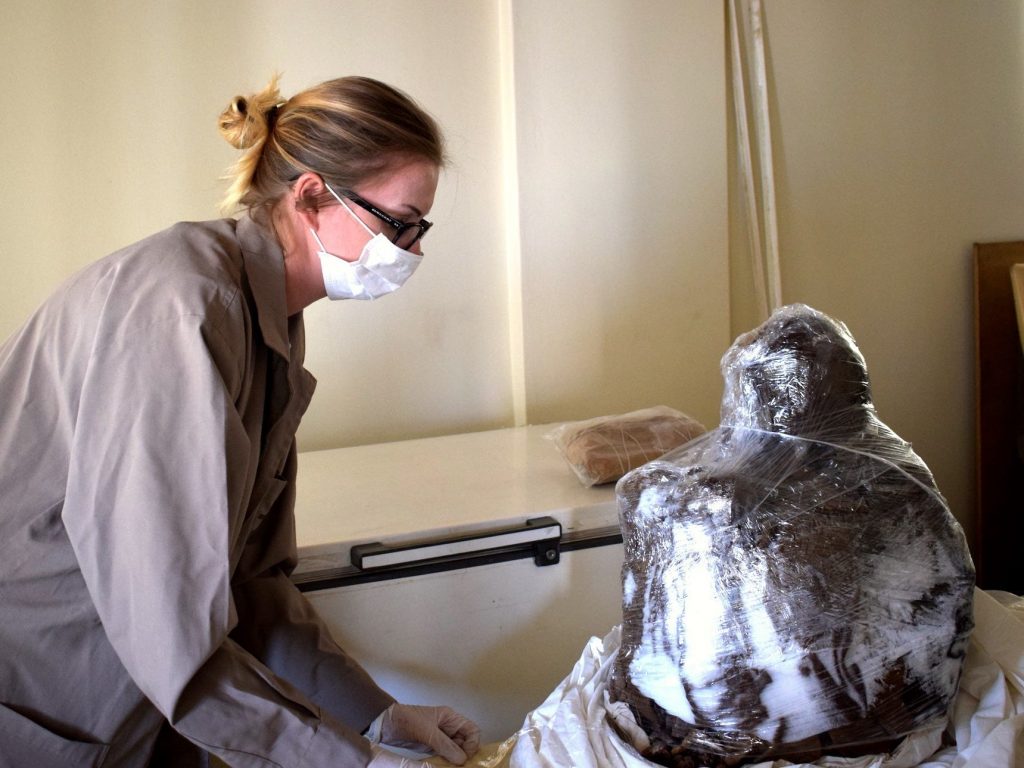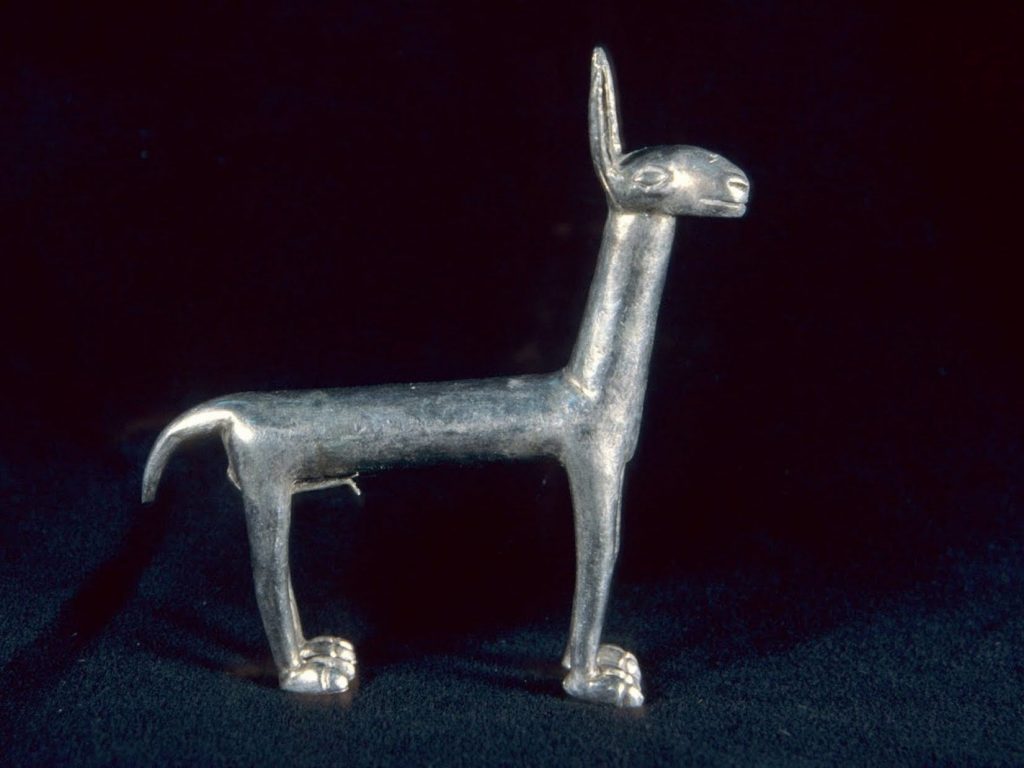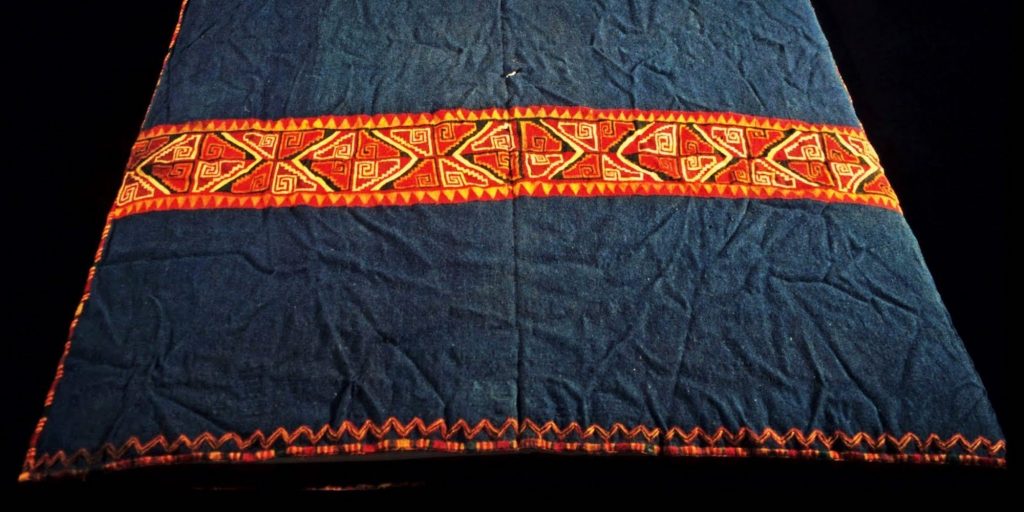- A study found the first archeological evidence that the Incas used ayahuasca.
- A new analysis found traces of the drug in the hair and toes of mummified children sacrificed in rituals.
- It may have been administered to the children to keep them happy for the gods, a study author told Insider.
Inca children bound for ritual sacrifices were given the powerful ayahuasca drug before their death, a new study found.
The findings, published April 2 in a peer-reviewed journal, are the first to link ayahuasca to the Inca culture. The study of two child mummies suggest the Inca may have used the drug as an antidepressant rather than a hallucinogenic to make sure the children were happy as they were sent off to the gods.
"In the past, we didn't even know if the Inca used the ayahuasca. Now we can see that they could have been aware that it's an antidepressant," Dagmara Socha, a bioarchaeologist from the Centre for Andean Studies at the University of Warsaw and lead author of the study told Insider.
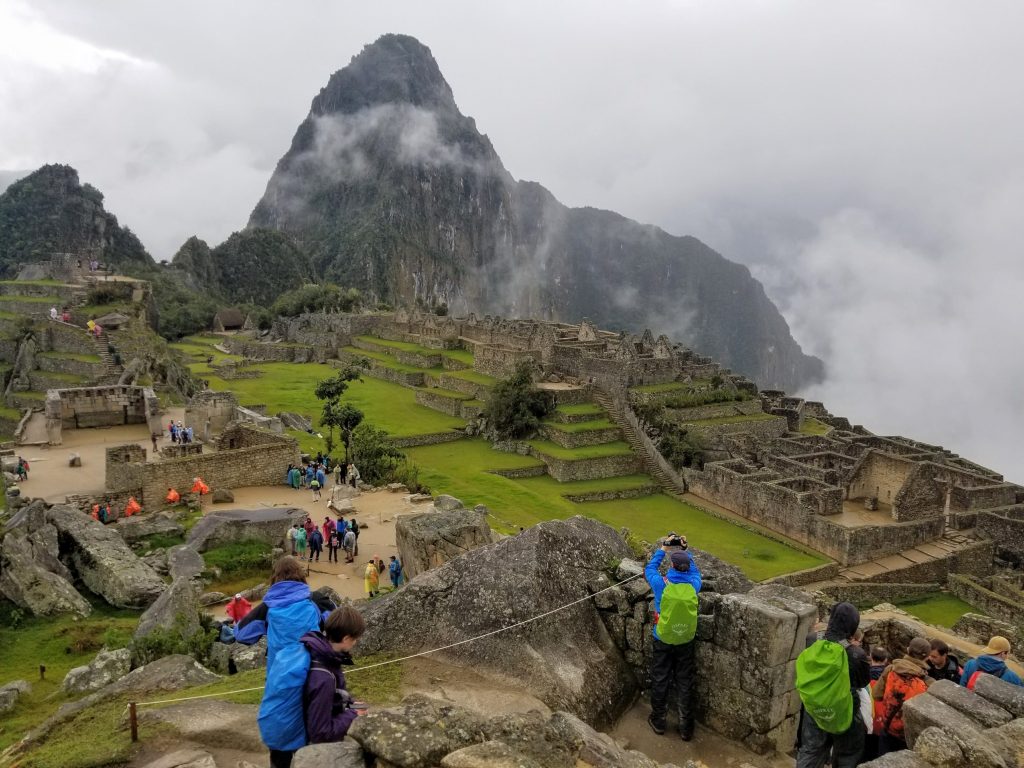
Ritual sacrifices called capacochas
From the 1400s to 1532, the Inca created the largest empire ever seen in South America, which at one point stretched from modern Ecuador to central Chile.
The Incas were master builders, known for their architecture with geometric designs, elaborate culture, costumes, and artwork.
Religion empowered a single Emperor, the Sapa Inca, from the capital Cuzco.
Based around the sun god Inti. The sacrifice of children and young women, a ceremony called capacocha, was a central part of this religion.
"It was a momentous, state ceremony undertaken only occasionally as required by special circumstances, such as the coronation or death of an Inca emperor, the birth of a royal son, or a great victory in battle," Tamara Bray, a professor of anthropology of Wayne State University who studies Inca culture, told Insider.
According to written records kept by Spanish chroniclers, young women and children selected for their beauty or remarkable attributes were often sacrificed on mountain tops. The methods by which they were killed were brutal: they were strangled, sometimes buried alive, or left to freeze to death, Socha said.
Evidence lost in translation
Archeological evidence suggests that the Inca's predecessors, the Huari people, used ayahuasca for its hallucinogenic properties, Bray said.
Although the Incas used coca leaves and a corn beer called chicha in capacochas, there was no historical record showing that they used ayahuasca.
Socha says that this could be because the Inca didn't have a known writing system. Records of the ceremony were kept by Spanish chroniclers who had to rely on second-hand accounts.
"Chronicles say that the priest was drinking and then behave weird. We don't know if they were drinking alcohol or maybe they were drinking something else and just European people didn't recognize it," she said.
To set out to understand whether the Incas used ayahuasca during these ceremonies, Socha carried out a toxicology analysis on the soft tissues of the children killed in the capacochas.
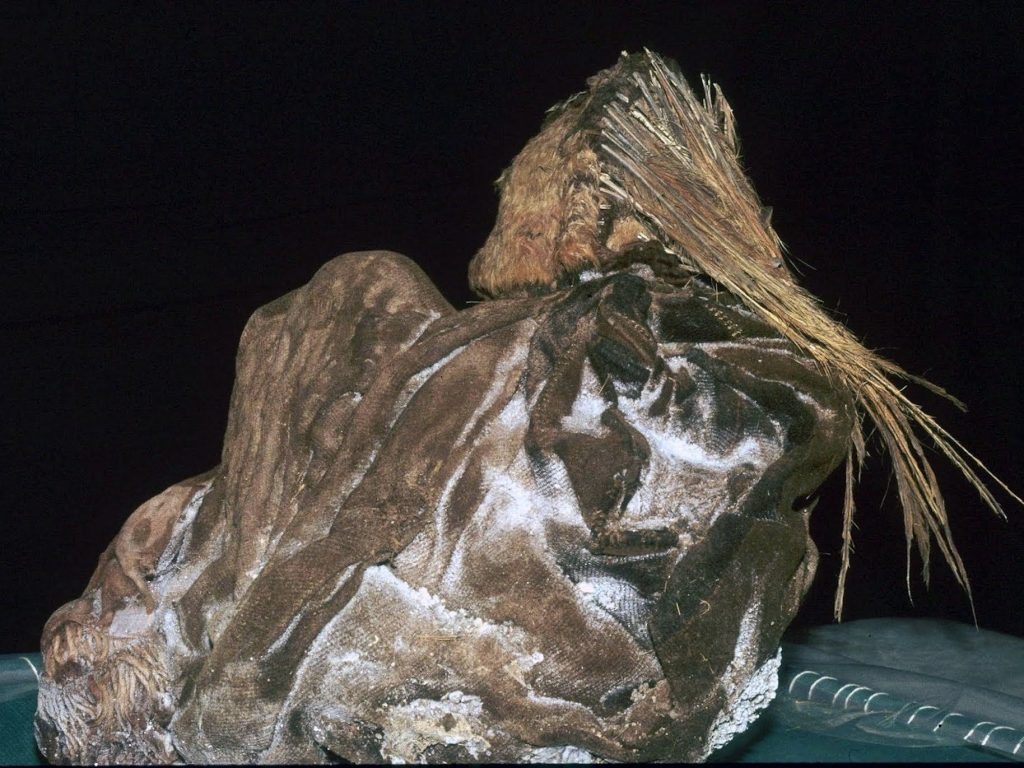
Evidence of ayahuasca
She focussed on the mummies of two children — a 15-year-old, and a young child under the age of ten — found frozen in 1995 near the top of the Ampato mountain, a 20,630 ft-tall dormant volcano in the Andes Cordillera in Southern Peru.
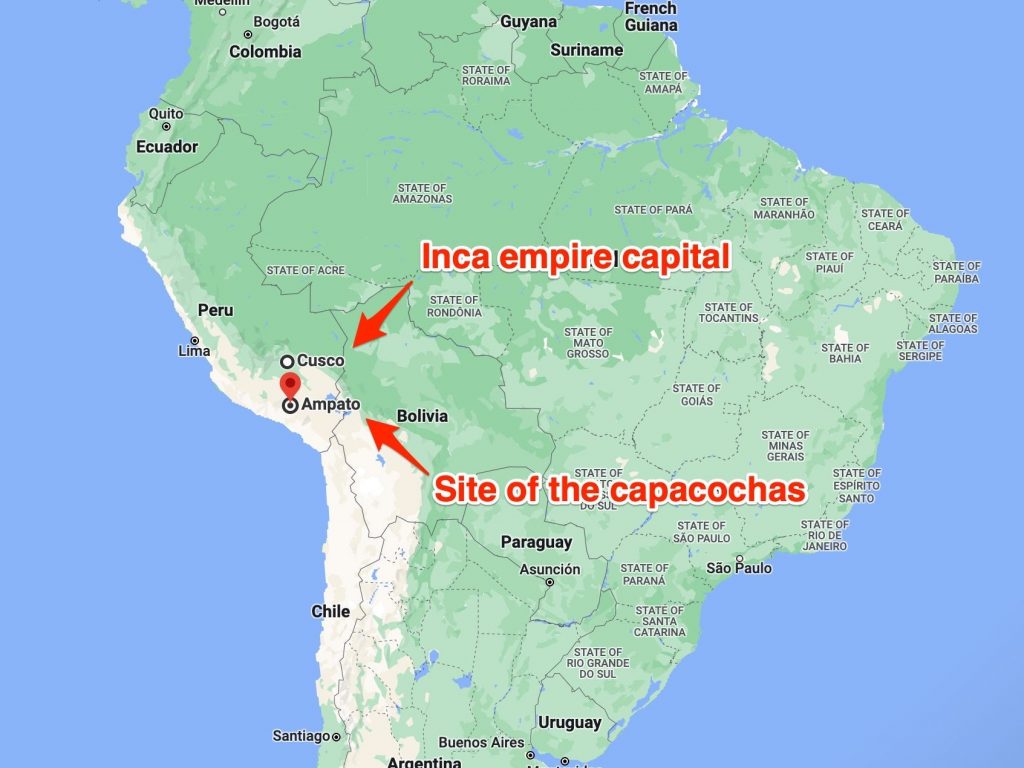
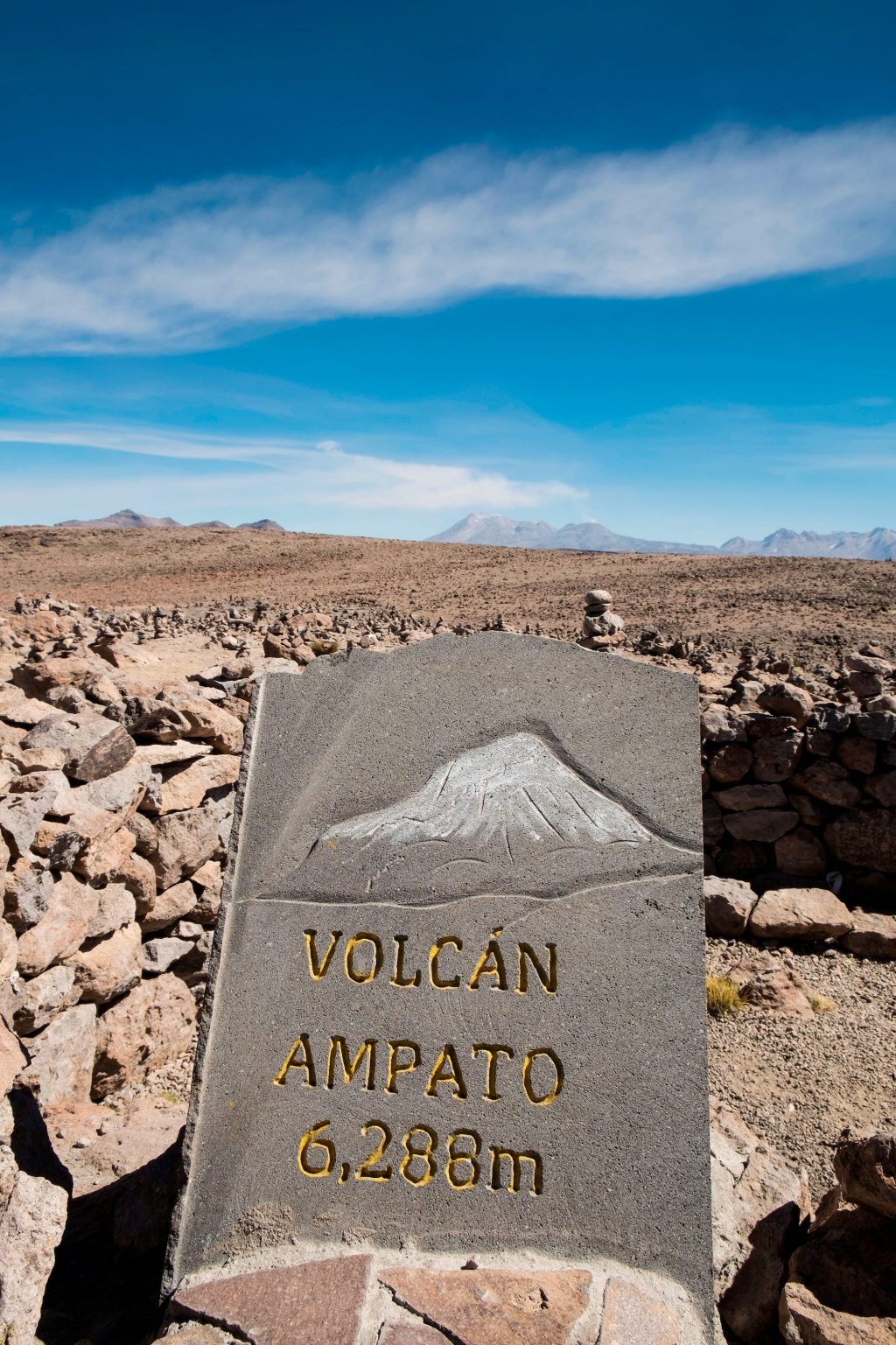
The children were killed in separate capacochas about 500-year-ago.
Although they have been remarkably well preserved by the cold, the precious metal they were buried with and the high location of their burial sites means the youngest child's grave was hit by lightning.
Luckily, some soft tissue survived.
The study, a collaboration with the Universidad Católica de Santa María, revealed a compound found in modern-day ayahuasca called harmine.
It is believed that in the last two weeks of their lives, the children chewed on coca leaves and drank a beverage made from the ayahuasca liana Banisteriopsis caapi.
"It's the first time I've seen archaeological evidence of the use of ayahuasca among the Inca," Bray told Insider.
Happy children for happy gods
The ayahuasca vine on its own is not massively hallucinogenic, Socha said. The modern-day drug of the same name is mixed with another highly hallucinogenic component.
"In our study, we find only the harmine. We didn't find this hallucinogenic stuff, the strong one," said Socha.
It's possible that the hallucinogenic was given to the children but didn't show up in the analysis. The hallucinogenic component also causes violent vomiting, which the Incas may have chosen to exclude because for the children, this "could end with death, especially when they were high in the mountains," she said.
But for Socha, it's "more probable" that the Incas purposely used the drug was used as antidepressants.
Early research suggests that harmine could have anti-depressant properties, Socha said. The children "were kind of the gift for the gods. So they need to be happy, pretty, well dressed, and well-fed," she said.
Dit artikel is oorspronkelijk verschenen op z24.nl
